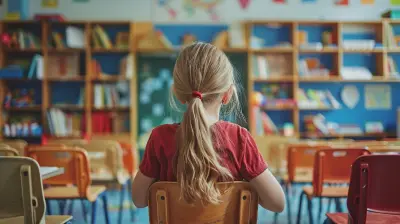Flipped Classroom: Empowering Students to Take Control of Their Learning
5 September 2025
Let’s talk about the traditional classroom for a moment. You know the drill — students walk in, listen to a lecture, try to jot down everything the teacher says, then go home and attempt the homework solo. That model? It's been around for ages. But what if I told you there's a smarter, more student-centered way to learn that flips this entire process on its head — literally?
Welcome to the world of the flipped classroom, a revolutionary teaching approach that hands the mic (and the mouse) back to the students. It shifts passive learning into an active, personalized journey, where students aren’t just seated receivers of information but curious explorers driving their own academic success.
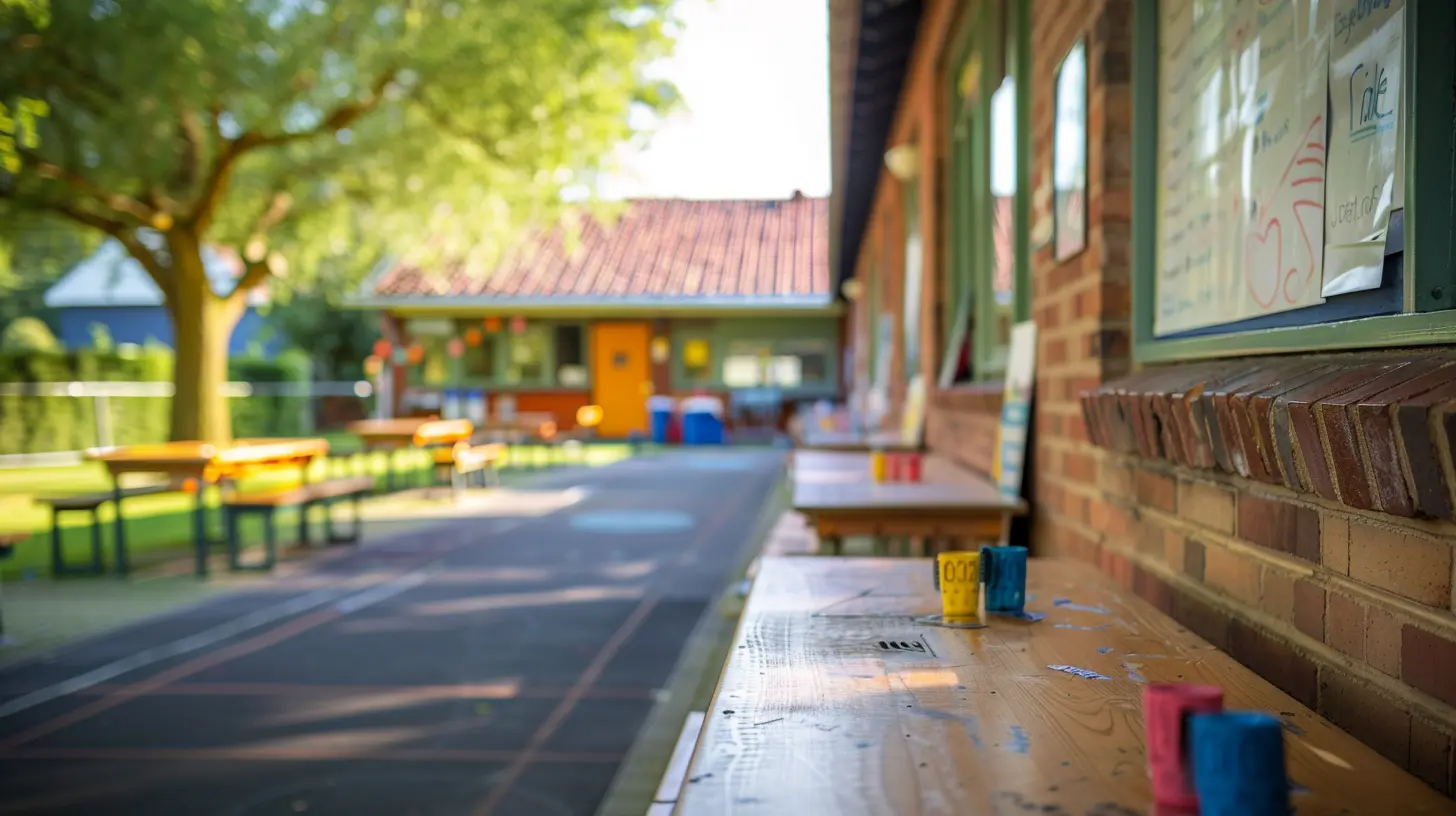
So, What Exactly Is a Flipped Classroom?
In the simplest terms, a flipped classroom reverses the traditional learning environment. Instead of spending class time listening to lectures and working on assignments at home, students do the opposite. They learn new content at home (usually via video lectures, readings, or interactive tools) and use classroom time for hands-on activities like discussions, projects, problem-solving, and one-on-one support.Think of it as attending the movie before the discussion — you arrive prepared, ready to dive deep and not just scratch the surface.
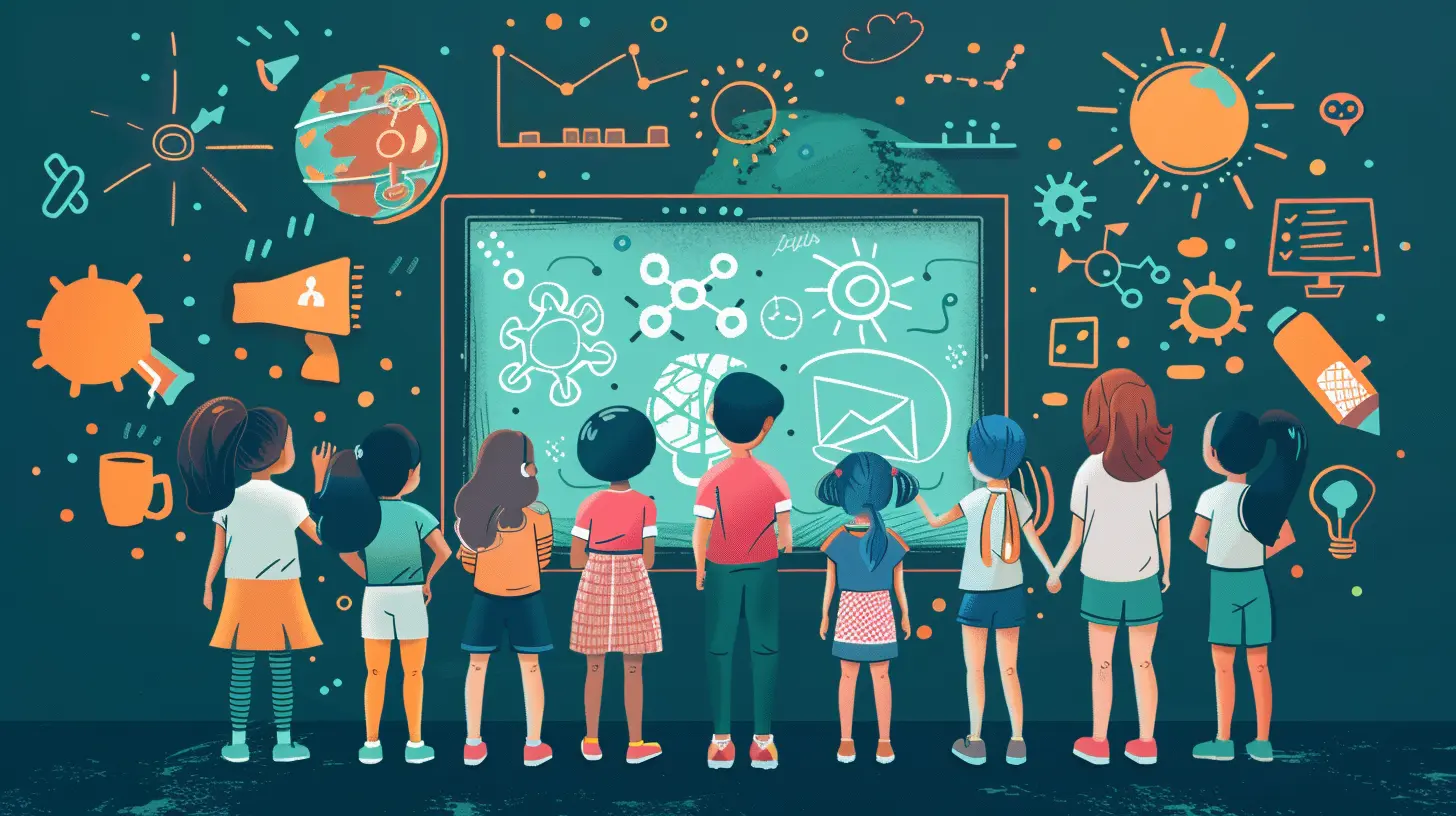
Why Are Educators "Flipping" Their Classrooms?
Great question. The driving force behind the flipped classroom model is empowerment. Students get to engage with content at their own pace, rewind as needed, pause to reflect, and come to class armed with questions. It's like giving them the remote control — they’re not bound to the speed of the fastest or slowest learner in the room.Plus, it relieves some of that dreaded “blank stare” effect teachers often face when introducing new concepts. Instead, classroom time becomes dynamic, interactive, and focused on applying knowledge — not just memorizing it.
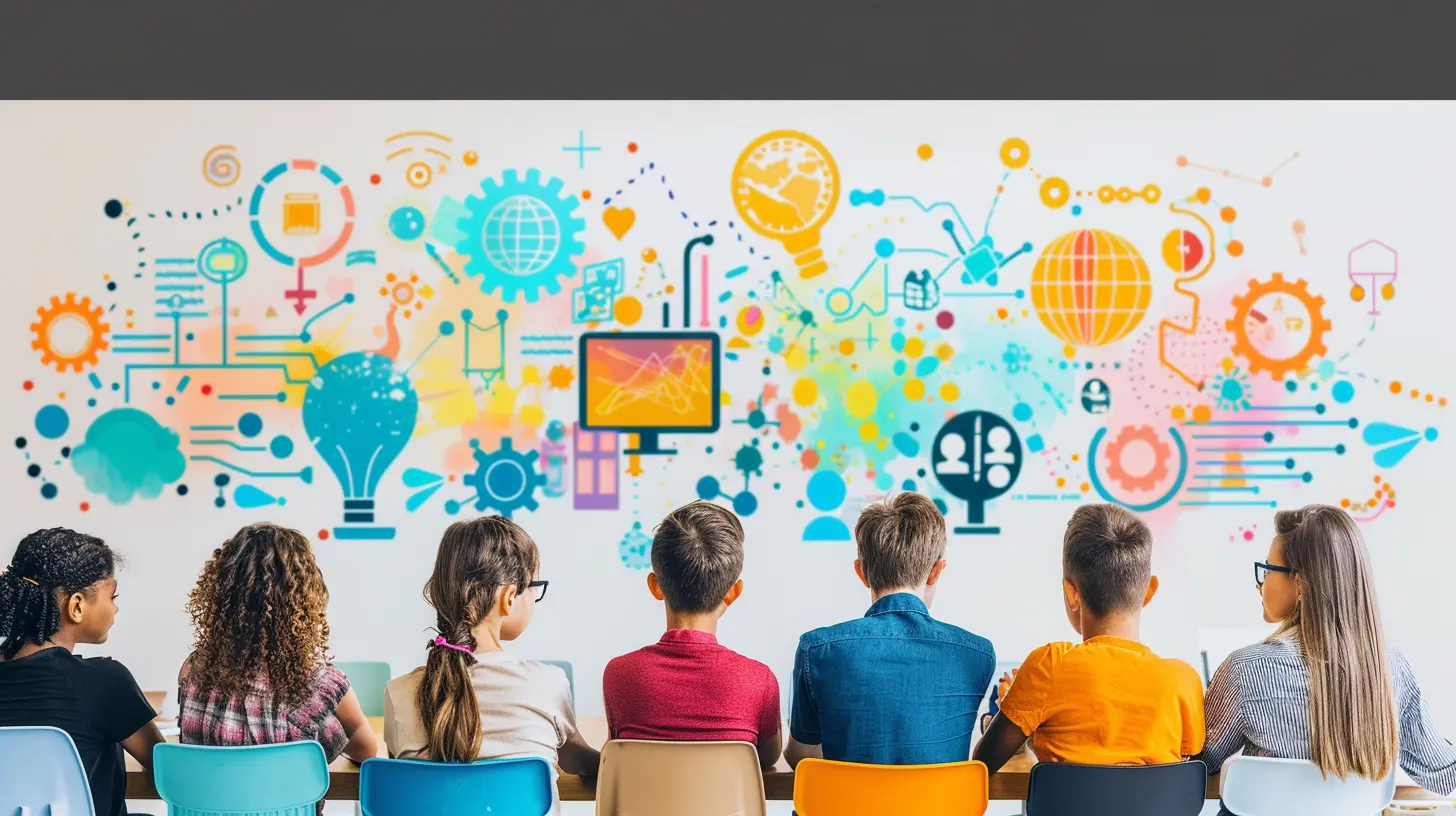
The Core Benefits of the Flipped Classroom Model
Alright, let’s break down why this shift is such a game-changer for both students and educators.1. More Personalized Learning
Every student learns differently — some visualize concepts, others prefer auditory cues, and some just need time to process. By consuming lessons at home, students can learn at a pace that suits them. Pause, rewind, rewatch – it’s all fair game. No more falling behind or zoning out mid-lecture.2. Improved Classroom Engagement
When students come to class already equipped with the basics, they’re ready to tackle real problems, ask meaningful questions, and participate in collaborative learning. The classroom becomes a lab, not a lecture hall.3. Boosted Confidence and Independence
You know that sense of accomplishment you feel when you figure something out on your own? The flipped classroom taps into that. Students become active participants in their learning journey, which builds confidence and fosters independence — two skills that go far beyond the classroom.4. Stronger Teacher-Student Interaction
Teachers get more face time with students who need help. Instead of spending class repeating content, they can walk around, offer targeted support, and create deeper, mentoring relationships with students.5. Better Use of Technology
Incorporating videos, podcasts, quizzes, and interactive content makes learning more flexible and engaging. It also prepares students for a digital world that values self-motivation and adaptability.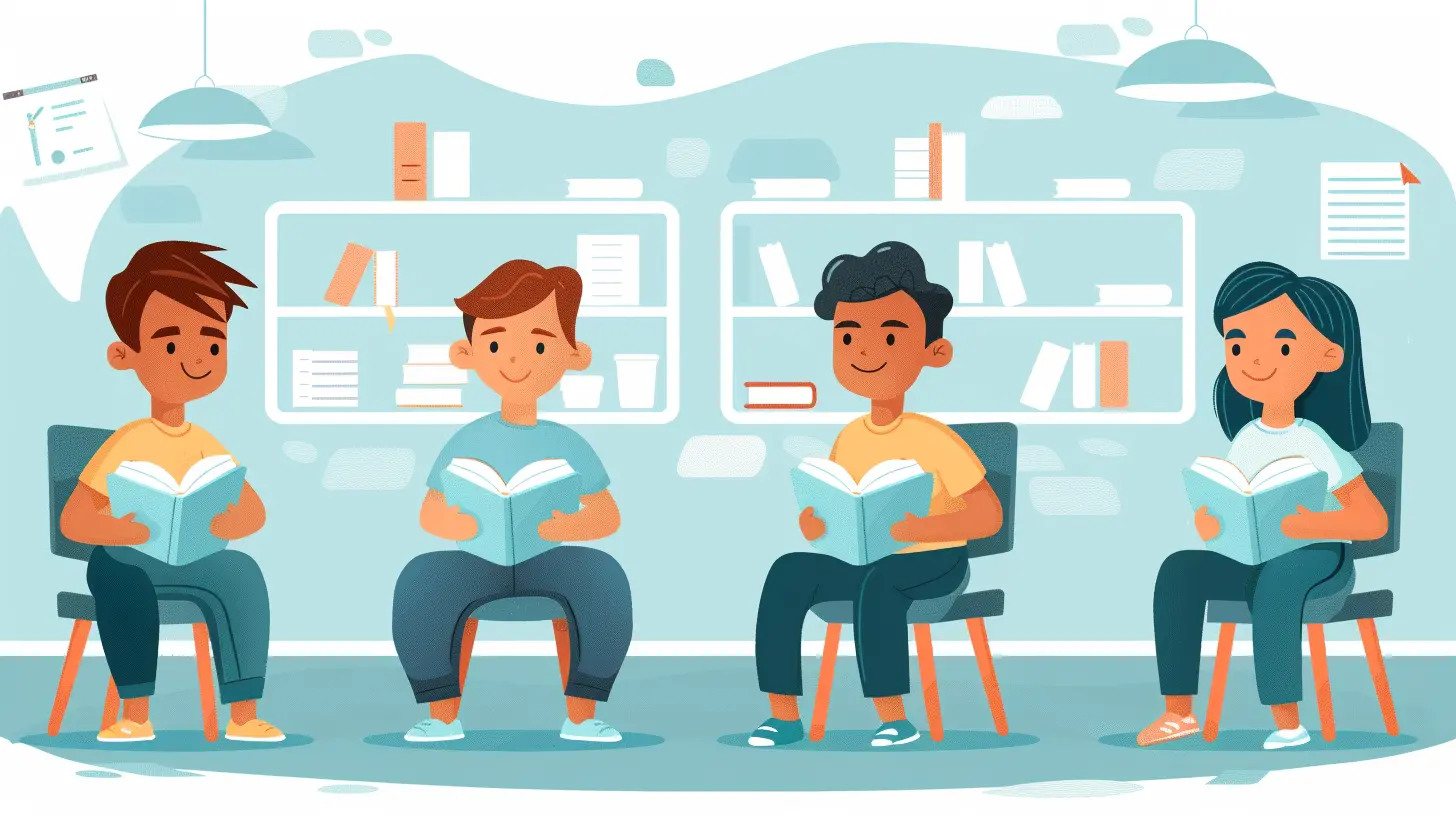
Common Misconceptions About Flipped Classrooms
Let’s clear the air on a few things before going any further."It’s Just Watching Videos at Home"
While video lectures are a key component, flipped learning isn’t just about assigning YouTube videos. It's a strategic blend of online and in-class instructional methods designed to promote deeper understanding. Teachers put thought into content delivery and make sure it aligns with in-class activities."Students Won’t Do the Work at Home"
Sure, that’s a risk — but it’s a risk with traditional homework, too. The trick here is to make the content engaging and the classroom activities valuable. When students realize they need the pre-class content to succeed in class, guess what? They show up prepared."It’s All or Nothing"
Nope. You don’t have to flip every single lesson. Many teachers start small — maybe flipping one unit or topic — and gradually scale up. It’s about finding what works for your students.Challenges You Might Face (And How to Tackle Them)
Of course, flipping a classroom isn’t all sunshine and rainbows. It takes planning, tech access, and a little trial and error. But here’s how to overcome the most common hurdles.1. Lack of Access to Technology
Not every student has internet or device access at home. A solution? Offer downloadable content or allow students to access materials at school before or after hours. Some schools even loan devices to bridge the gap.2. Time-Consuming Setup
Creating videos and digital content takes time upfront. But think of it as an investment — once the resources are ready, you can reuse and tweak them year after year.3. Student Resistance
Let’s be real, not all students will love the change at first. Some might prefer the passivity of the old model. The key is transparency — explain why you’re flipping, show how it benefits them, and provide lots of support during the transition.
How to Implement a Flipped Classroom Step-by-Step
Ready to flip? Here’s a simple roadmap to help you launch a successful flipped classroom.Step 1: Choose the Right Content
Start with one lesson or concept. Pick something that’s typically lecture-heavy and create a video or multimedia resource students can watch or read at home.Step 2: Create (or Curate) High-Quality Media
You don’t have to be Spielberg — even a simple screen recording or voice-over PowerPoint can work perfectly. Or curate existing videos from trusted educational platforms like Khan Academy or TED-Ed.Step 3: Design Engaging In-Class Activities
Plan class time around application. Think problem-solving, group work, debates, case studies — activities that take the learning deeper.Step 4: Set Expectations and Explain the Model
Walk students (and possibly parents) through the flipped classroom approach. Explain how and why you’re doing it and what’s expected on their end.Step 5: Monitor, Reflect, and Adjust
Use feedback from students, quizzes, and classroom performance to improve. Don’t be afraid to switch things up if something isn’t working.Real-Life Examples of Flipped Classrooms in Action
Flipped learning isn't just theoretical — it's transforming classrooms all over the world.- Math Classrooms: Teachers assign video lessons on solving equations, freeing up class time for solving real-life problems and offering peer-to-peer tutoring.
- Language Learning: Students watch grammar tutorials at home and use class time for conversational practice or role-playing.
- Science Labs: Pre-lab content is watched at home, meaning lab time is focused on experiments and real-world applications, not long pre-lab lectures.
The Psychological Edge: Why Students Thrive in Flipped Classrooms
There’s a deeper layer to all this — one that touches on student psychology.- Autonomy: When students have more control over their pace and process, they feel more responsible for their learning.
- Mastery: The ability to revisit content allows students to truly understand before moving on — they’re not just cramming and forgetting.
- Purpose: Class time becomes more meaningful. Instead of being passive recipients, students are creators, solvers, and collaborators.
This taps into powerful intrinsic motivators — and that’s where real, lasting learning happens.
The Future of Learning: Is Flipping Here to Stay?
Let’s face it — the world’s changing. Education is no longer about memorizing facts and acing tests. It’s about building thinkers who can analyze, adapt, and innovate. Flipped classrooms fit into this bigger picture perfectly.As more schools adopt hybrid models and integrate technology, the flipped classroom is becoming less of an experiment and more of a must-have. It's not a fad — it's a reflection of how learning should evolve.
Final Thoughts: Flipping With Purpose
The flipped classroom isn’t just a gimmick. It’s about giving students the tools, freedom, and support to take charge of their education. When done right, it transforms not only how students learn, but how they see themselves as learners.So, whether you’re an educator looking for fresh ideas or a parent wondering how your child can get more out of school, flipping the classroom might just be the educational re-boot we’ve all been waiting for.
all images in this post were generated using AI tools
Category:
Flipped ClassroomAuthor:

Eva Barker
Discussion
rate this article
1 comments
Zoey Reynolds
This article beautifully captures the essence of the flipped classroom model. By empowering students to take charge of their learning, we foster independence and critical thinking. Thank you for highlighting such an important shift in education!
September 22, 2025 at 2:47 AM

Eva Barker
Thank you for your thoughtful comment! I'm glad the article resonated with you and highlighted the importance of student empowerment in the flipped classroom model.

